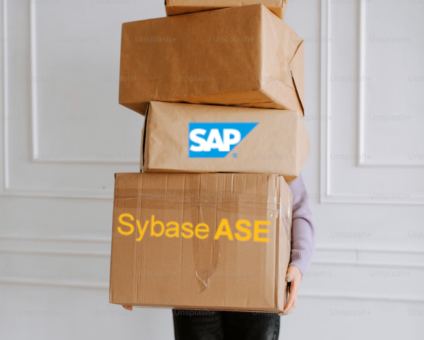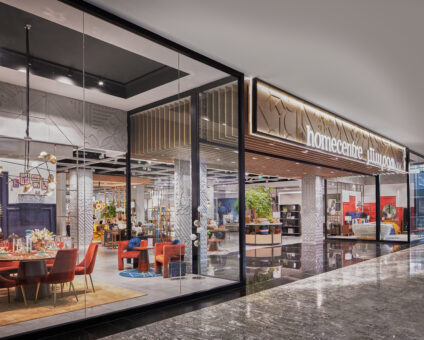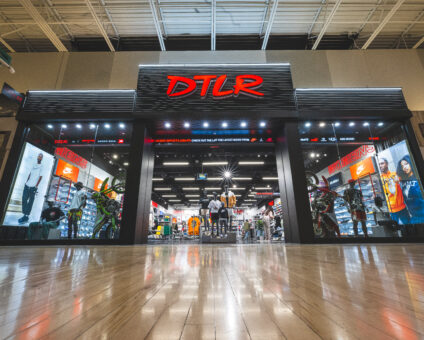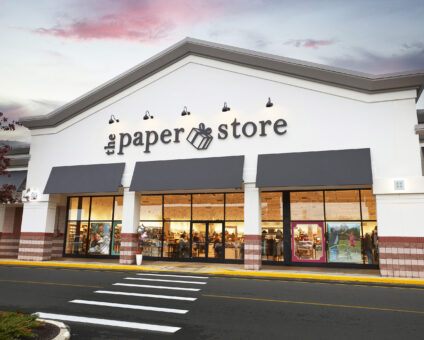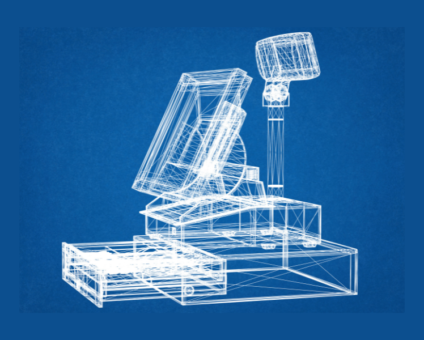Physical retail is still where the magic happens. According to new research by RSR, 85% …
Form Factors

The multiple form factors problem
In a retail store environment, you’re often going to have several applications native to particular form factors responsible for the various needs of the store. A form factor may simply be the screen size a particular application is configured to run on, or it could be a relatively specific configuration of hardware that an application is designed to interface with. For example, you may have:
Fixed Register – the traditional register in lane setup. This will probably be attended by an associate and may have any number of peripherals attached that need to be handled by the application.
Self-Checkout – an unmanned, largely independent station that empowers customers to handle a sale on their own. This application may need to manage a cash machine in addition to the peripherals common to the fixed register. The user interface will also need to account for large amounts of customer interaction.
Price Checker – a floor or wall-mounted, often small form factor application designed to facilitate price verification compliance. Sometimes a necessary application to comply with state regulations.
Mobile – sometimes several applications are contained on a small mobile device. This could include a self-checkout monitor, an in-aisle checkout application, or a tool to track store orders.
Customer Display – usually a smaller screened device designed to display pertinent transaction information and prompts to the customer
Each additional form factor added to a store’s footprint generally adds an additional application that needs to be managed, loaded, and tracked separately.
Jumpmind Commerce is a single application
Jumpmind Commerce is a platform of microservices that can be deployed out to any particular form factor. The configuration is all that differs. The user interface is responsive and automatically adjusts to the form it’s deployed to – whether that’s a mobile device or a fixed display.

This is easily accomplished with Jumpmind Commerce’s architecture-first design, which decouples business logic from particular user interfaces. This means that Jumpmind Commerce can leverage universal hardware more effectively than other solutions. Instead of predefining the number of registers, self-checkout, and price checker devices available to a store, Jumpmind Commerce can fluidly allow a store manager to configure different amounts of particular stations depending on the demands of that day – or even hour. A self-checkout device on Tuesday can easily become a fixed register lane on Wednesday.
Zero Commitment Setup
Station quantity need not even be defined at the start of the day. Jumpmind Commerce can swap from differing configurations in real time. Instead of closing a lane when an associate takes lunch, they can press a button in Jumpmind Commerce and flip the display around. Just like that, you’ve transitioned that lane into a self-checkout.
This is really just scratching the surface of things, as well. This powerful configuration adjustment is due to Jumpmind Commerce’s platform of configurable microservices. Microservices can be individually enabled, disabled, or configured as required and can be utilized across channels. For example, the promotions microservice could be configured to wire into an eCommerce platform, allowing promotion logic and data to synchronize between stores and online transactions.
Ultimately, Jumpmind Commerce offers a modernization of the retail store environment, reducing the barriers inherent in stores branching out into the myriad of point of sale form factors now available to them.





